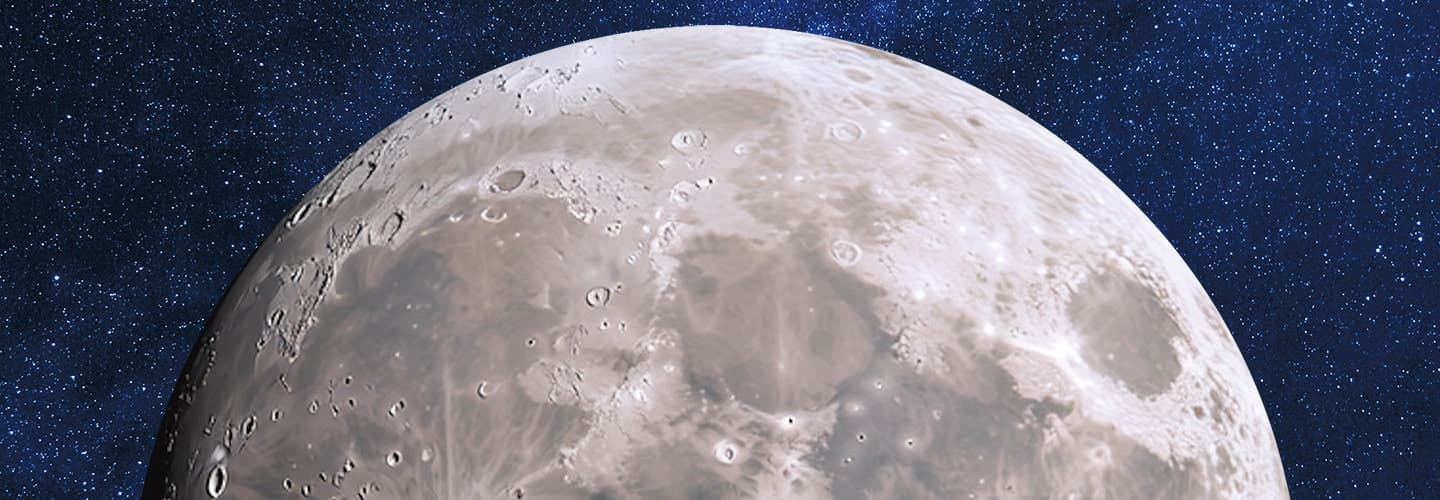The Grand Canyon is one of the most amazing landmarks on Earth. It was carved out over millions of years by the Colorado River and other bodies of water. Did you know that the moon has canyons too? Two of them, Vallis Schrödinger and Vallis Planck, are located near the moon’s south pole. They’re deeper than the Grand Canyon—but may have been created in less than 10 minutes! A giant asteroid crashed into the moon 3.8 billion years ago. That collision sent rocky debris raining down on the lunar surface, leaving the two giant canyons behind.
Scientists used photos from NASA’s Lunar Reconnaissance Orbiter to determine how the two canyons formed. They released their findings in February. Researchers are studying the south pole because it’s the planned landing spot for the long-awaited return of astronauts to the moon. That could happen as soon as 2027. In the meantime, NASA and space agencies from other nations continue to explore different areas of the moon. Read on to learn more about Earth’s closest neighbor.

